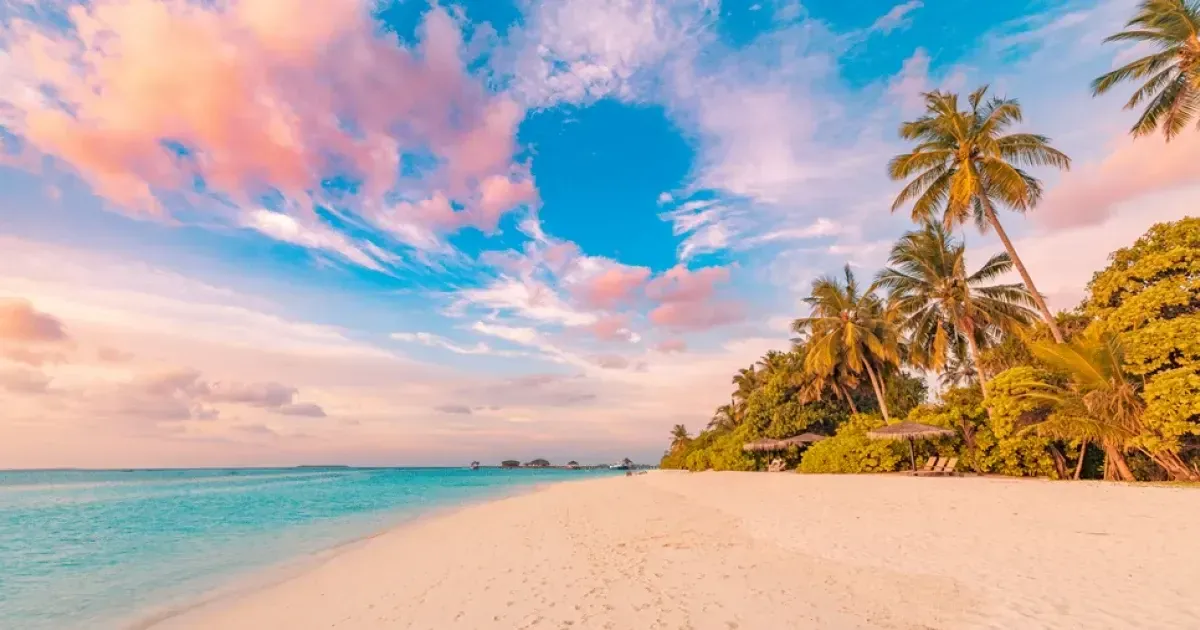If you visit beaches or swimming pools in The Bahamas, you will notice lifeguards on duty to ensure everyone’s safety. The lifeguard’s primary role is to help prevent accidents and respond quickly in emergencies, which requires specialized training. Lifeguard training in The Bahamas serves this purpose preparing individuals to protect swimmers at beaches, lakes, waterparks, and swimming pools.
The Bahamas is world-renowned for its turquoise waters and white sandy beaches, with more than 700 islands and cays stretching across the Atlantic Ocean. Swimming and water recreation are central to Bahamian life, whether at public beaches, resorts, pools, or waterparks. This abundance of aquatic venues creates a strong demand for lifeguards, especially during tourist seasons and the busy summer months.
Lifeguards serve at beaches, pools, lakes, and waterparks across the islands to ensure swimmer safety. With so many aquatic attractions and resorts in The Bahamas, there are ample opportunities for those who wish to pursue lifeguarding as a meaningful and rewarding role.
Lifeguard training in The Bahamas is the first step toward building a career in aquatics. Once certified by a respected organization such as the American Lifeguard Association (ALA), candidates become well-positioned to seek employment at resorts, public beaches, pools, and aquatic centers.
ALA training centers in The Bahamas offer multiple lifeguard training programs and certifications. While demand peaks during the busy tourist months, training and employment opportunities exist year-round thanks to the warm climate and continuous aquatic activities.
With more than 30 years of experience, ALA has trained lifeguards who now serve communities worldwide. Certification through ALA provides a credential that is recognized by employers and demonstrates a commitment to safety and professionalism.
The American Lifeguard Association is supported by Global Lifeguards and the Swimming Pool and Spa Foundation, both 501(c)(3) nonprofit organizations dedicated to reducing drownings and improving aquatic safety.
ALA’s mission is to make swimming pools, beaches, and waterways safer. To achieve this, ALA works directly with employers across North America and internationally to train lifeguards and establish strong safety practices.
ALA has been referenced by public health and safety organizations, including:
Training also reflects the latest ECC science and incorporates findings from the United States Lifeguard Training Standards Coalition Report. In addition, ALA requires employers to meet the Model Aquatic Health Code (MAHC) recommendations for pre-service evaluations and in-service training.
To enroll in the American Lifeguard Association’s lifeguard training course in The Bahamas, candidates must meet the following minimum age requirements:
Candidates must also demonstrate the following ALA prerequisite skills to successfully complete the program:
Upon successful completion, each participant receives an American Lifeguard Certificate in Lifeguarding, CPR/AED for the Professional Rescuer, and First Aid, valid for two years.
Although many view lifeguarding as a short-term or seasonal job, it can also grow into a long-term profession. Employment is available year-round at resorts, aquatic centers, and private facilities.
With additional training, lifeguards can also advance into roles such as:
These positions offer greater responsibility, higher pay, and the opportunity to build a career dedicated to public safety.
Would you like to read about: Lifeguard Training in Cuba
During the ALA lifeguard training course, participants develop a comprehensive set of skills across rescue techniques, CPR/AED, and First Aid.

Nassau / New Providence
Paradise Island
Grand Bahama Island
Exuma Islands
The primary purpose of lifeguard training is to prepare individuals to keep swimmers safe. Lifeguards often monitor their area from raised chairs, patrol open-water zones, and use binoculars or rescue equipment when needed.
The American Lifeguard Association is recognized as one of the leading aquatic health and safety training providers in The Bahamas. With more than 30 years of experience, ALA delivers training guided by a strict code of ethics and a commitment to excellence.
For lifeguard training in The Bahamas, if you are searching for “lifeguard training near me,” the American Lifeguard Association is the right choice. For more information on ALA lifeguard training and certification programs, please contact us.
Here are some frequently asked questions about the Lifeguard Training program you can find more on our FAQ page if you don’t feel free to send us your questions on our contact us page
The primary duty of a lifeguard is to prevent accidents, monitor swimmers, and respond quickly in emergencies such as drowning or injuries.
Lifeguard training is a certified program that teaches rescue techniques, CPR, AED use, and First Aid to ensure swimmer safety at pools, beaches, and waterparks.
The American Lifeguard Association (ALA) is one of the recognized organizations offering lifeguard training and certification in The Bahamas.
15 years to work at a swimming pool, lake, or waterpark
16 years to work at beaches or waterfronts
Yes, lifeguards must demonstrate endurance by swimming 300 yards continuously using specific strokes such as front crawl and breaststroke.
Training includes rescue skills, CPR, AED, First Aid, spinal injury management, and simulated rescue scenarios.
An American Lifeguard Association certificate is valid for two years.
Candidates must swim 300 yards, retrieve a 10-pound object from 7–10 feet deep, and complete the test within 1 minute 40 seconds.
The American Lifeguard Association has been approved for the Capital One Affiliate Program! for Tuition Assistance Loan
To stay updated with our special offers, subscribe to our weekly newsletter. We will not share your information with any third party.
8300 Boone Blvd 5th Floor Vienna, VA 22182
703-761-6750
Media Contact
703-856-8901
alalifeguard@aol.com